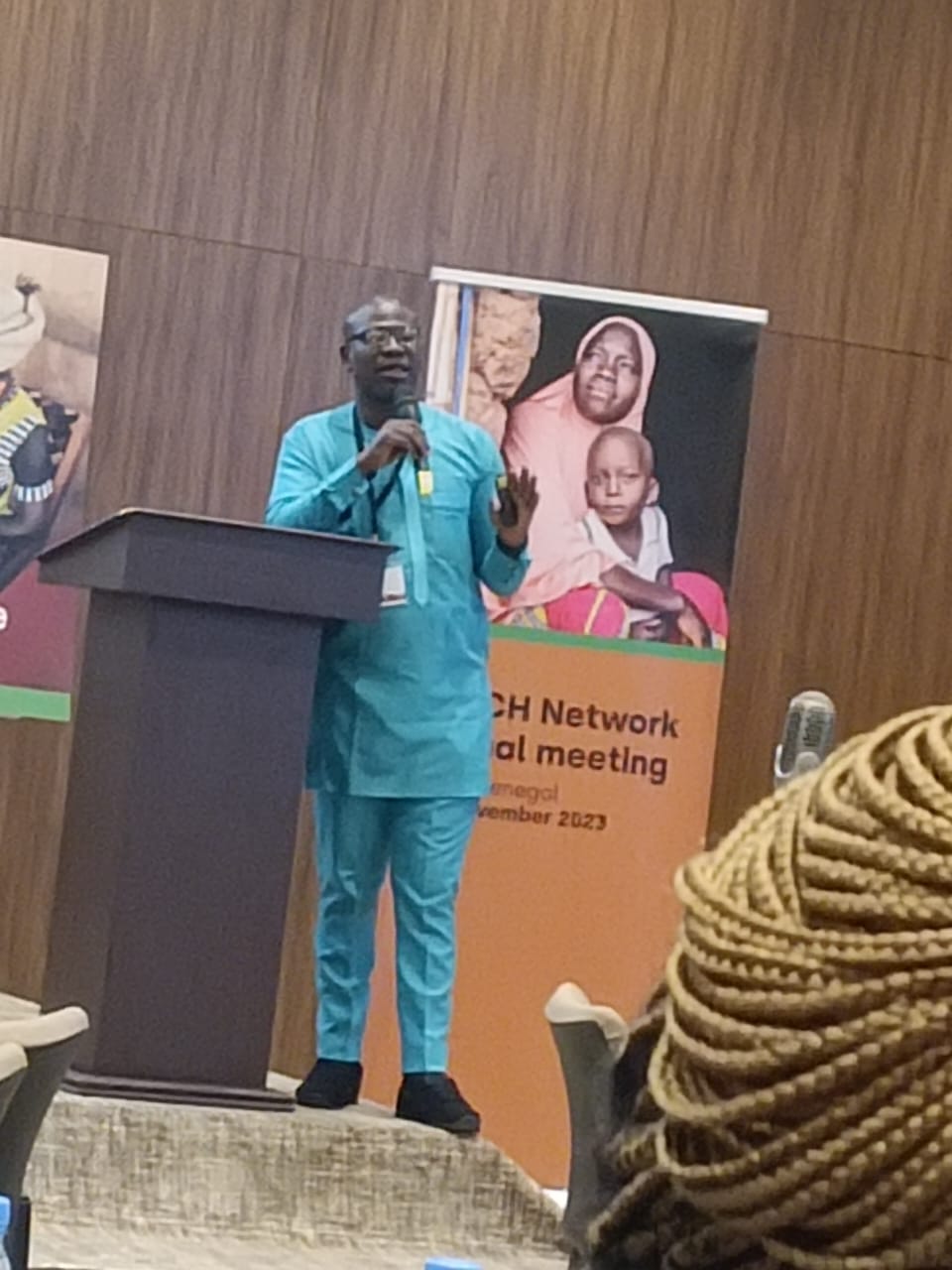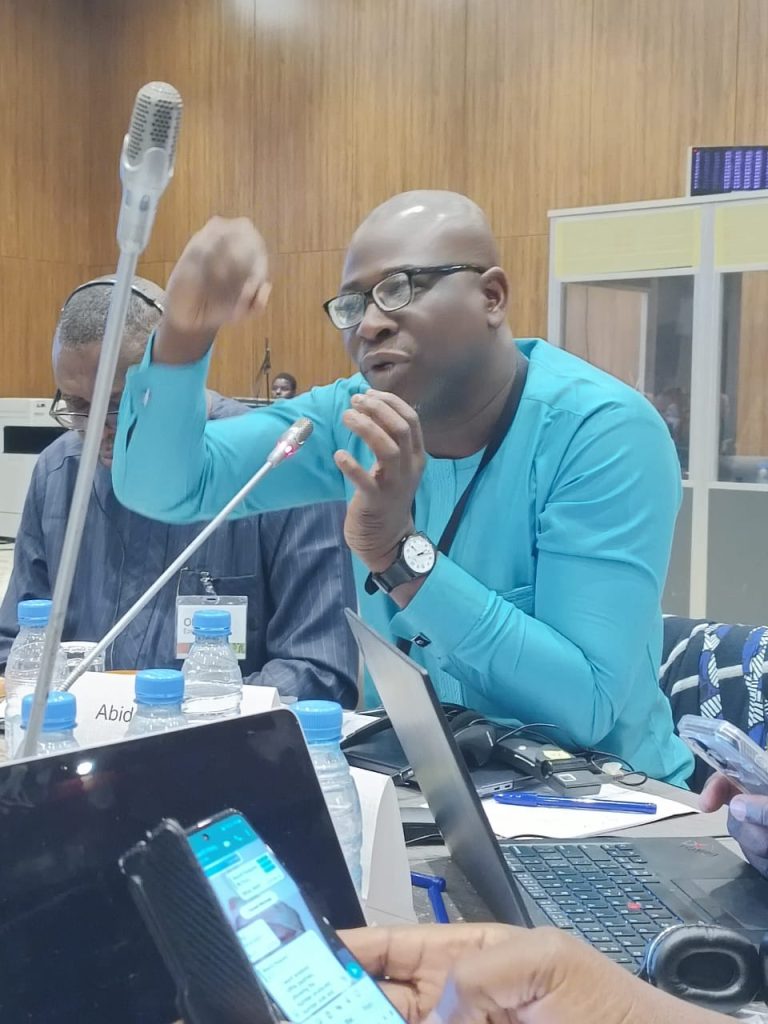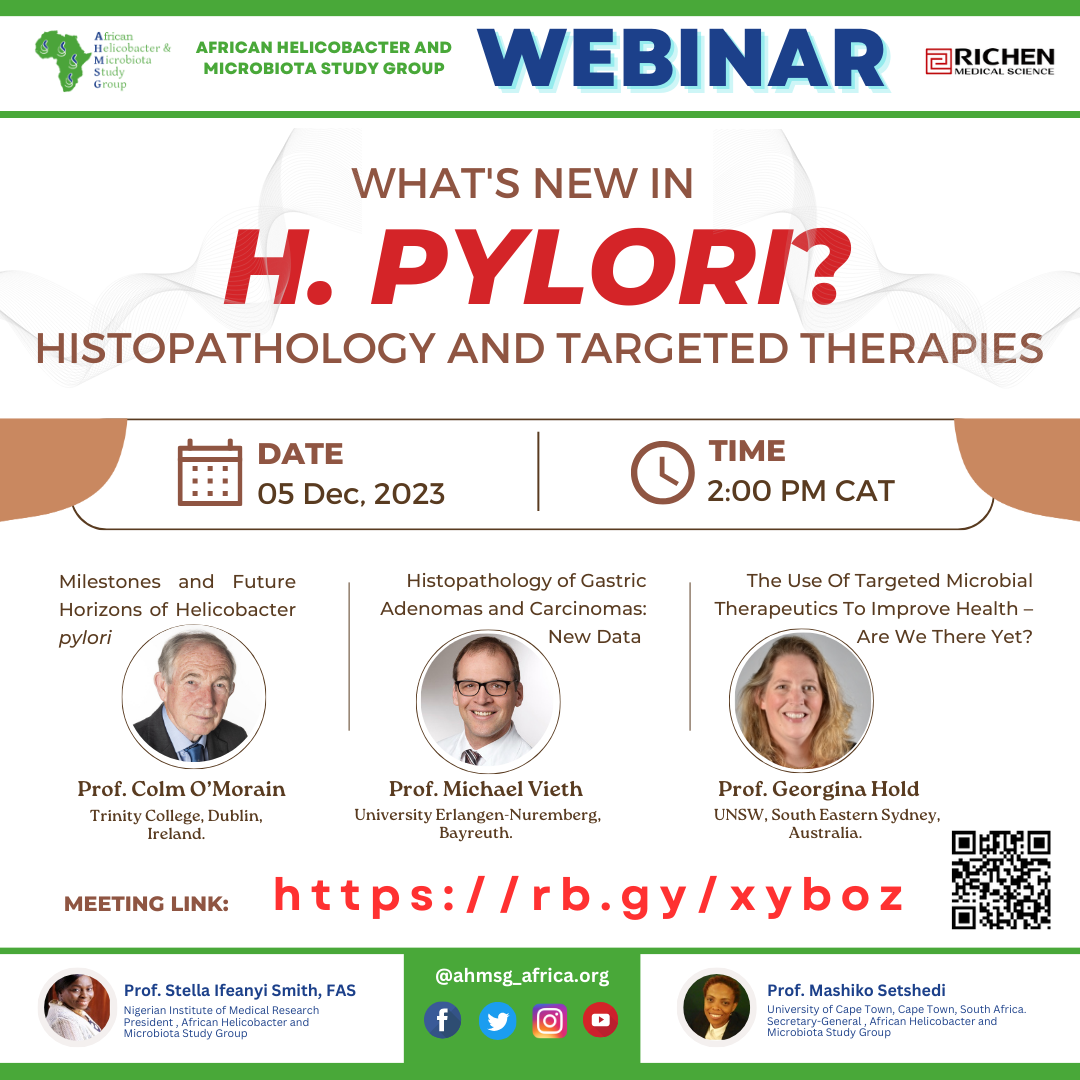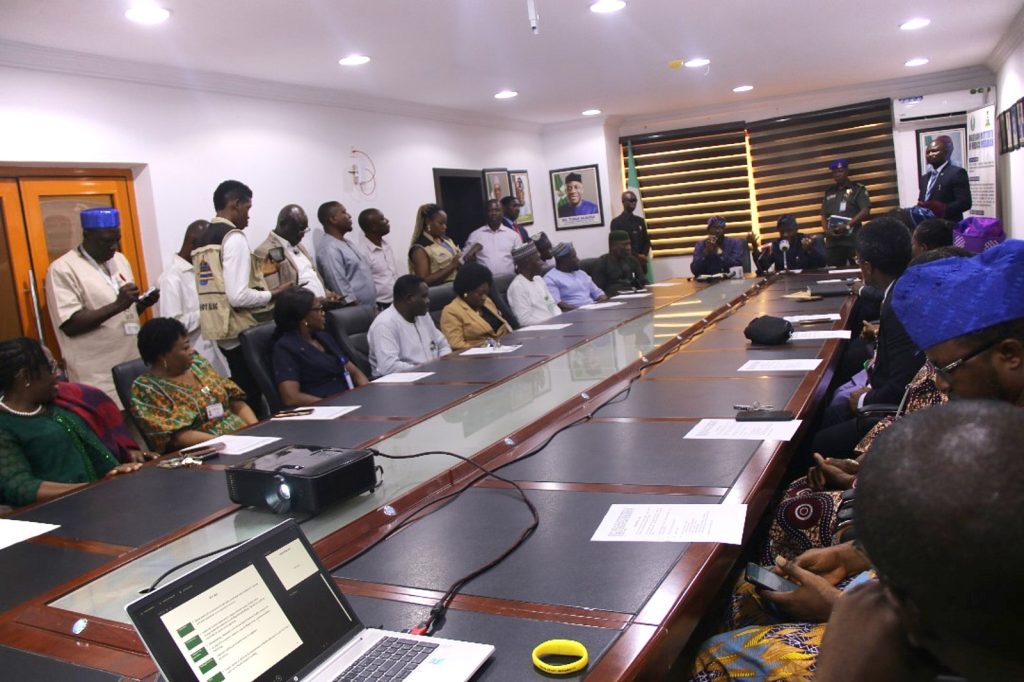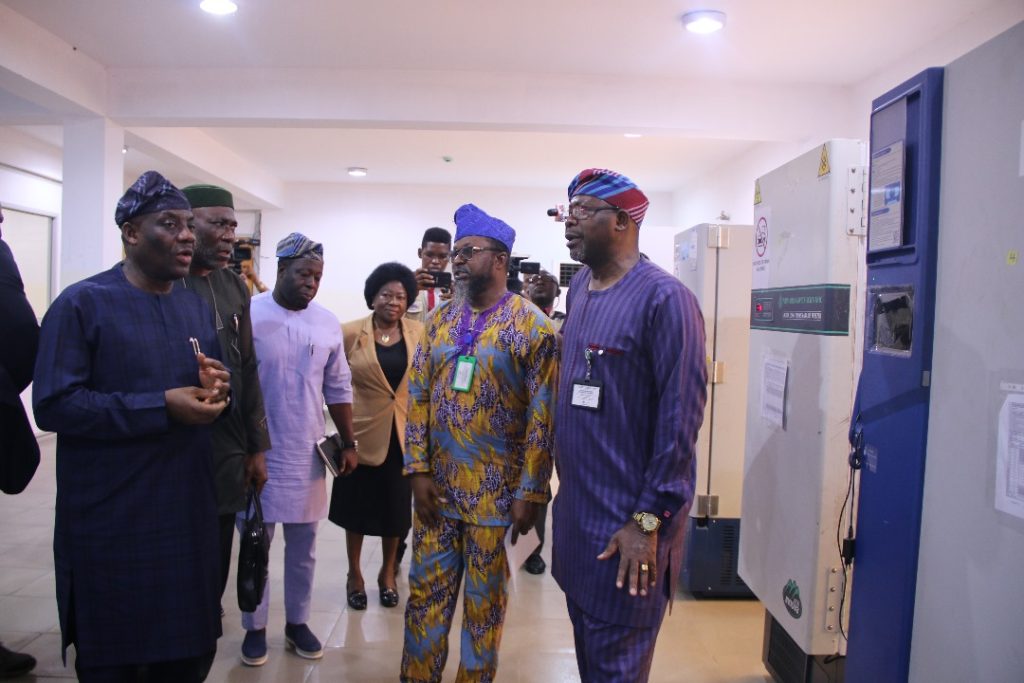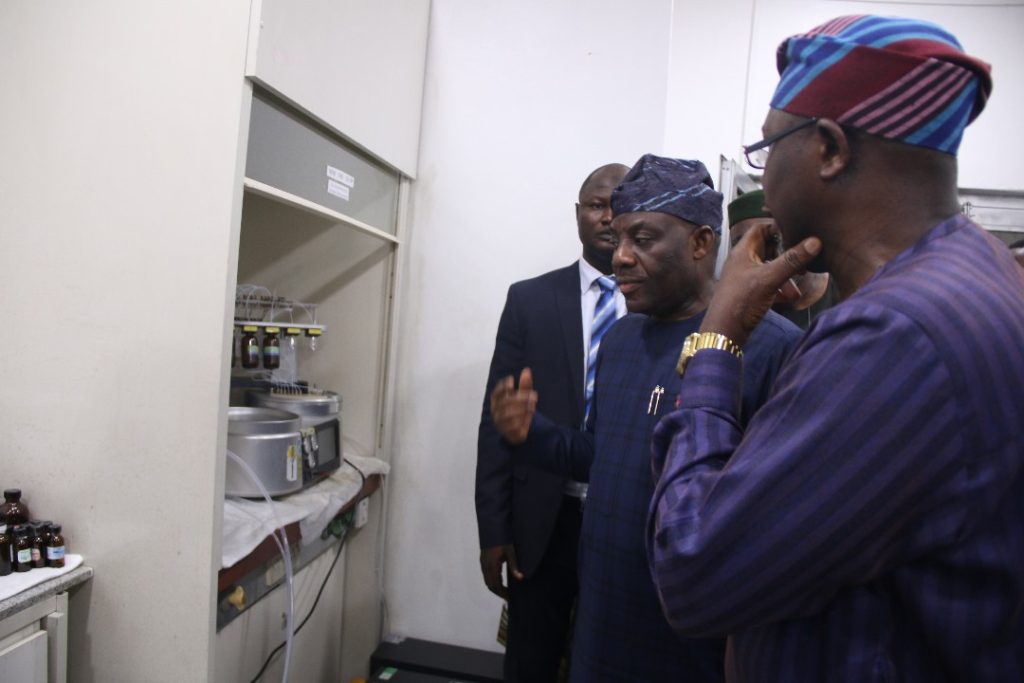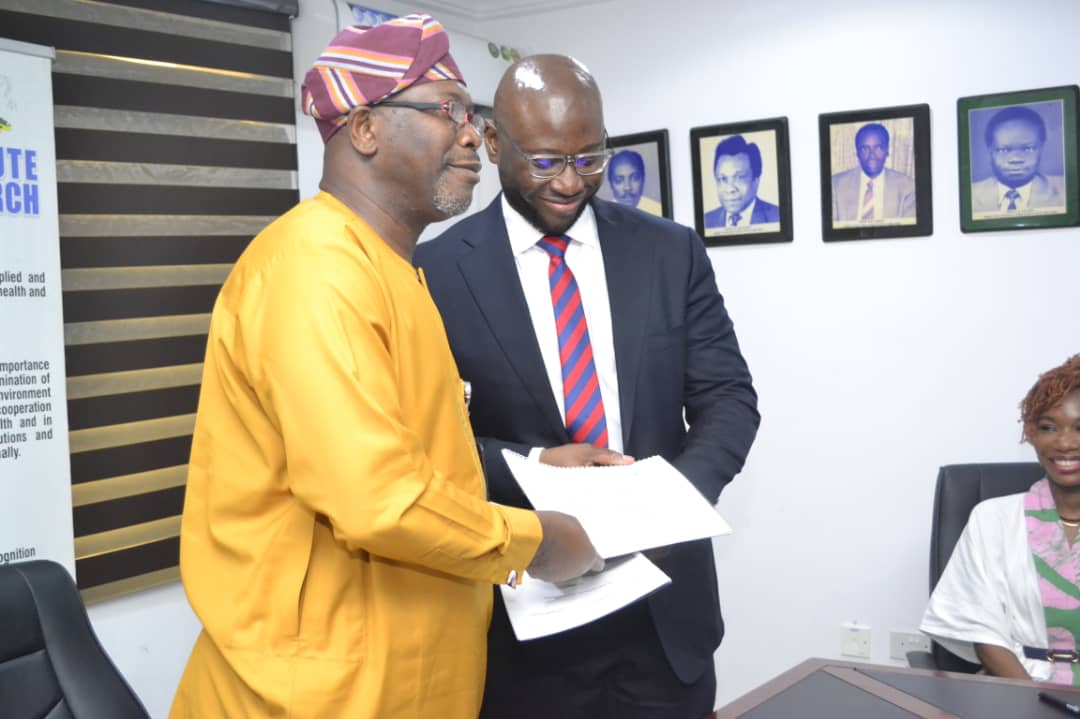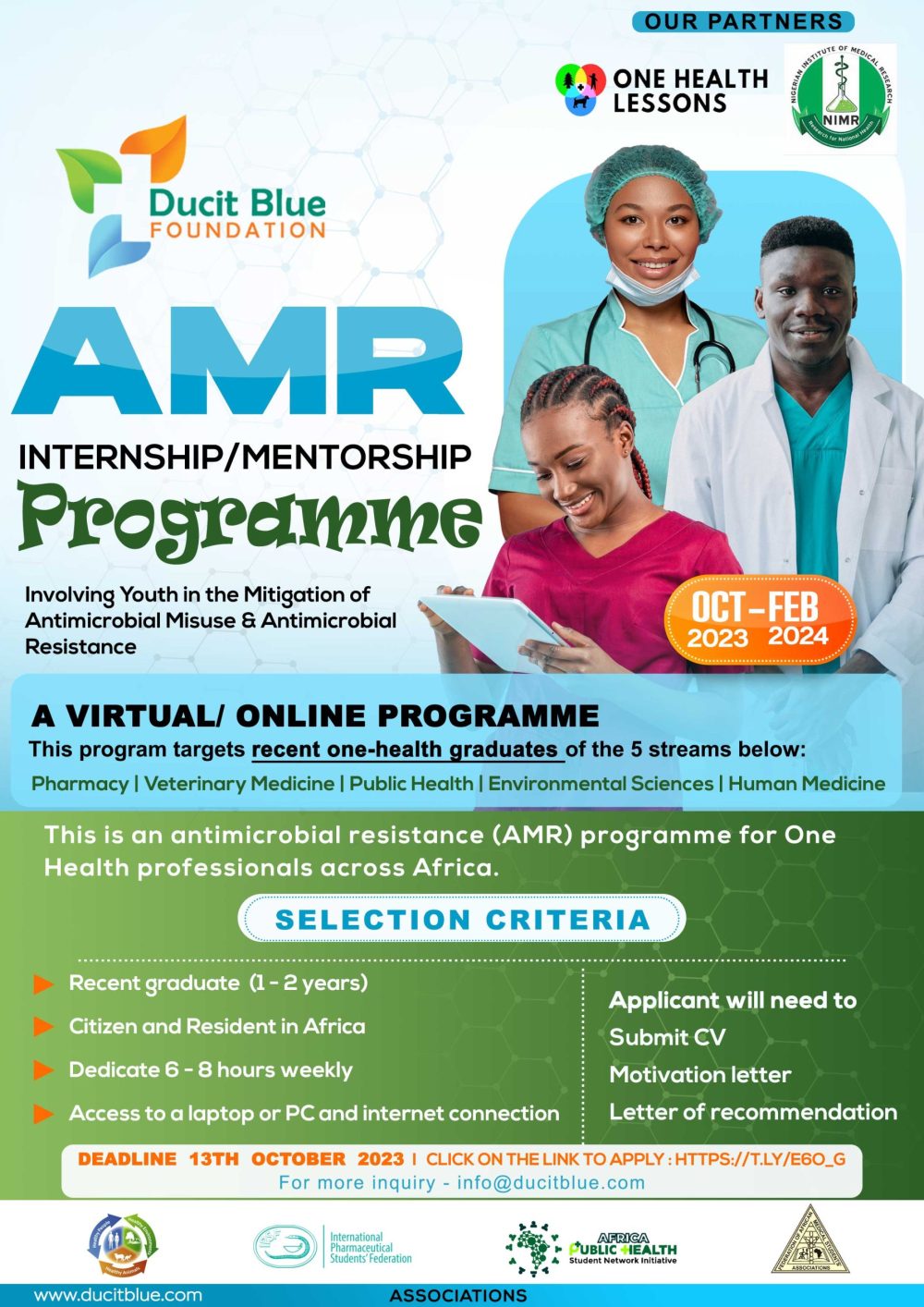AHMSG Webinar
Minister of State for Health and Social Welfare Working Visit
NIMR Syndicate Bio Collaboration
The DG/CEO of Nigeria Institute of Medical Research Prof Babatunde Lawal-Salako and members of his Senior Management Committee hosted the Syndicate Bio team led by the Founder/CEO Dr Abasi Ene-Obong at the institute.
The visit was to sign a Memorandum of Understanding of collaboration between both parties to strengthen precision medicine and extend the frontiers of genomic studies and drug discovery in Nigeria.


